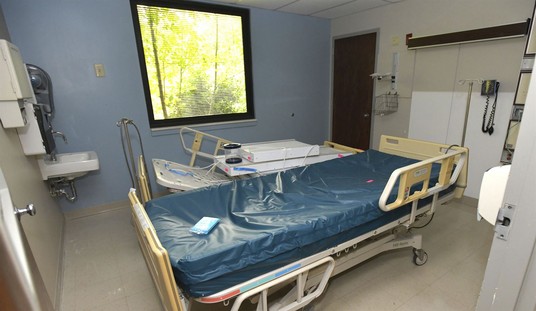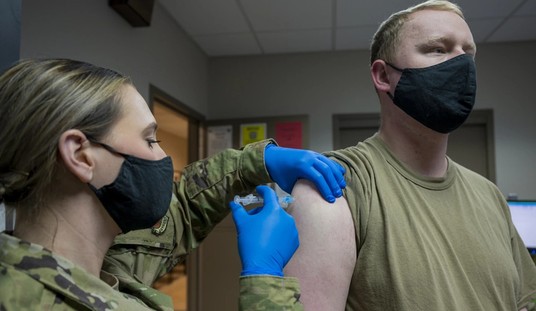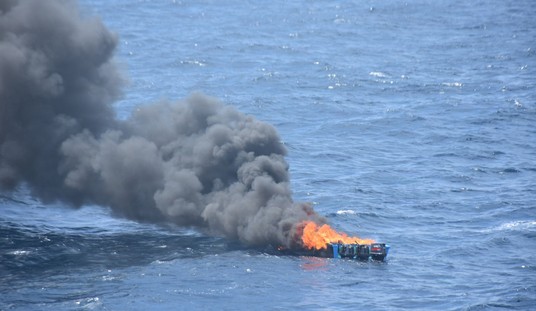Suicide is a terribly tragic thing, no matter the circumstances surrounding the act. Those left in the wake of their loved one’s death must deal with grief, confusion, sadness, and anger.
Social media has amplified normal peer pressure. Instead of dealing with conflict in one area of life and safely retreating to another to quietly cope, individuals have Facebook, Twitter, Instagram, Snapchat, and many other outlets to share their frustration.
Venting is certainly one thing. Live-streaming a suicide is quite another.
In the past month alone, three individuals in the United States have live-streamed their suicides. Another, a model in Hong Kong, streamed her suicide attempt.
The Miami Herald reports:
Katelyn Nicole Davis, a 12-year-old in Georgia who killed herself on Dec. 30 on a live-streamed video on Live.me, said during her livestream that she had been sexually abused and had previous videos about dealing with depression.
Naika Venant, a 14-year-old in foster care in Miami, broadcasted her suicide on Facebook Live overnight Sunday. Thousands watched as she prepared to hang herself in a video that lasted about two hours, and due to a series of tragic mistakes, emergency responders did not arrive in time to save her.
Frederick Jay Bowdy, a 33-year-old aspiring actor from Texas, killed himself on Facebook Live in North Hollywood on Monday. An out-of-state family member called police, but he killed himself before police reached him.
Let me reiterate that suicide is a terrible thing. Many people (including myself) have been touched by suicide, whether it’s of a close friend, family member, or even general acquaintance. Sharing a suicide on social media adds an entirely new, horrifying dimension to a very great tragedy.
It also – once again – highlights this difficult truth: suicide is selfish.
I don’t expect social media to wane in the coming years. A large portion of society is addicted to shapchatting, streaming and selfies. Since this is clearly the case, we can only expect that there will be even more cases where a suicide is put on public display.
But who is at fault? Should social media giants like Facebook be held accountable? Also reported in the Miami Herald article:
The live-stream of Katelyn Nicole Davis lasted 40 minutes, and though her family took down the video shortly after, others copied it and posted it on social sites such as Facebook. Facebook at first told users who reported the video that it didn’t violate their policies, but two weeks after public outrage and a police request, they took down the video.
No, Facebook did not encourage that precious girl to take her life. However, their lackadaisical attitude is beyond shameful. It’s appalling that anyone would repost such a video after the fact, but it should not take two weeks for Facebook to respond with common sense and remove the post.
It’s safe to say we live in a culture of death. Abortion is a daily occurrence, violence is on the rise in cities like Chicago, and terrorists take innocent lives without thought. Culture has a creeping sickness. This we’ve known for a while.
Perhaps all that can be done, besides social media sites removing such images/videos, is encouraging less-publicized lives. The entire world doesn’t need to know our every thought, what we had for lunch, and what our weekend plans happen to be. Conversely, we don’t need to know their every move. It’s tempting in a clickbait society to obsess over the lives of others, but it’s entirely unnecessary, and as we can see, actually harmful.













Join the conversation as a VIP Member